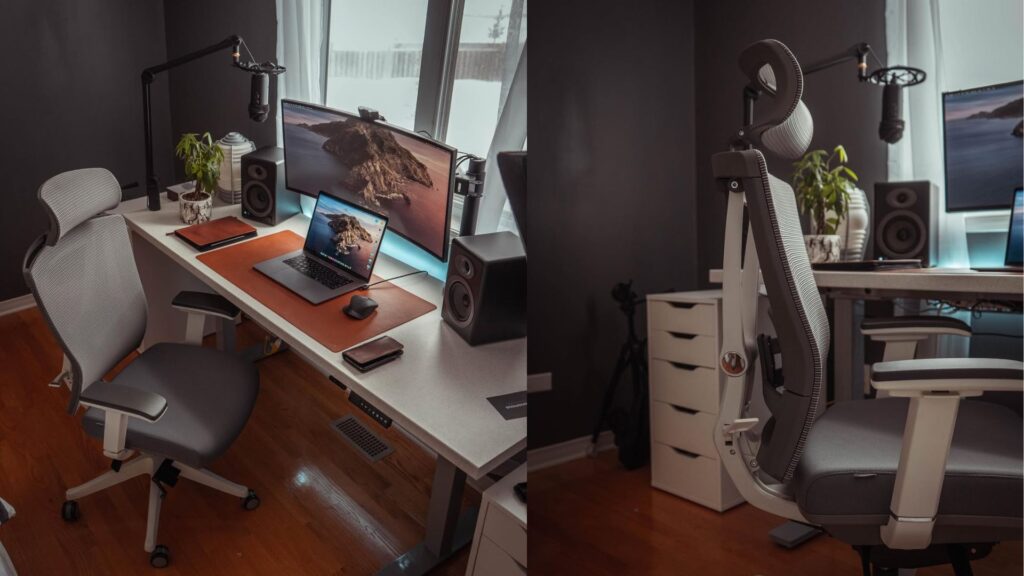Introduction
Working or studying from home offers comfort and flexibility, but it can also bring distractions and a drop in productivity. The key to staying focused is having a well-designed home workspace. Whether you’re a remote worker, freelancer, or student, learning how to create a productive home workspace can make all the difference in your focus, motivation, and results.
1. Choose the Right Location
Select a quiet, well-lit spot in your home that’s away from high-traffic areas. Natural light boosts mood and energy, while fewer distractions help maintain concentration.
2. Invest in a Comfortable Chair and Desk
Your workspace should support your body for long hours. An ergonomic chair and desk setup can prevent back pain and improve posture, keeping you comfortable and alert.
How to Create a Productive Home Workspace: Boost Focus and Efficiency
3. Keep It Organized
A cluttered space can lead to a cluttered mind. Use shelves, drawers, and cable organizers to keep everything tidy. Minimalism helps reduce mental distractions.
4. Optimize Lighting
If natural light isn’t available, invest in a good desk lamp with adjustable brightness. Warm lighting is calming, while bright white light helps with focus.

5. Use the Right Technology
Ensure you have a reliable computer, high-speed internet, and necessary accessories like headphones or an external monitor. Tech issues can kill productivity.
6. Personalize Your Space (But Not Too Much)
Adding a plant, a motivational quote, or a small piece of art can make the space inviting. Just avoid too many decorations that might pull your attention away from work.
7. Reduce Noise Distractions
If outside noise is an issue, consider noise-canceling headphones or a white noise machine. Music without lyrics can also help improve focus.
8. Create a “Work-Only” Zone
Train your brain to associate your workspace with productivity. Avoid using it for watching movies, eating meals, or unrelated leisure activities.
9. Set Boundaries
If you live with others, let them know your working hours. A simple “do not disturb” sign can help minimize interruptions.
10. Keep Essentials Within Reach
Whether it’s your water bottle, notebook, or charger, keep frequently used items nearby so you don’t waste time getting up repeatedly.
Conclusion
Knowing how to create a productive home workspace is about more than just choosing a desk and chair—it’s about creating an environment that supports focus, comfort, and efficiency. By designing your space thoughtfully, you can turn your home into a place where work and productivity thrive.

